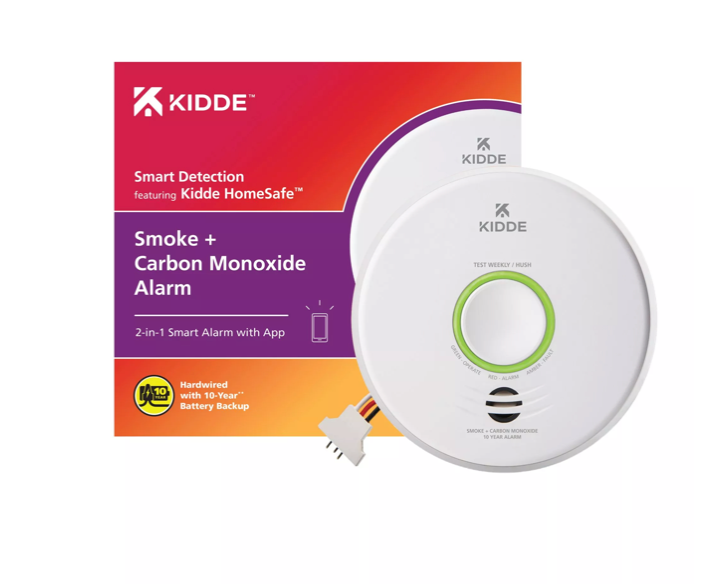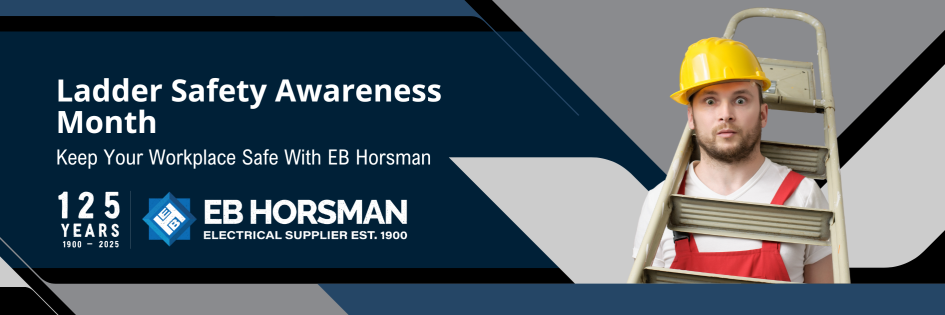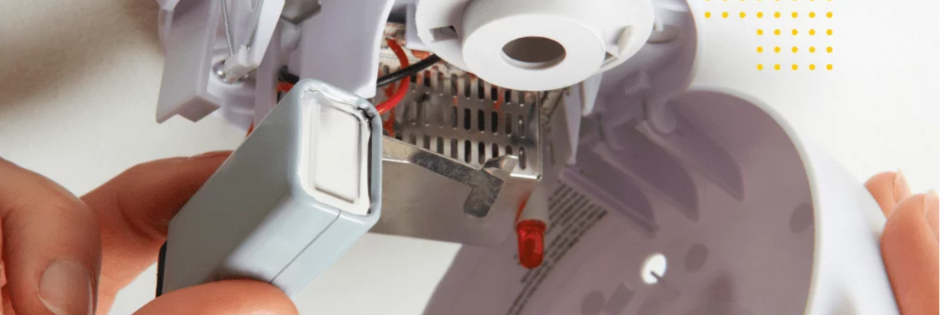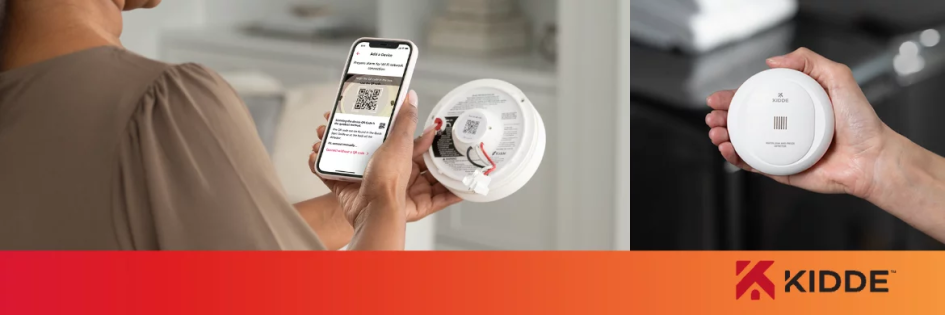Power Up for Safety: March 10th is Check Your Batteries Day

At EB Horsman, we know that electrical safety starts with the basics. One of the easiest and most effective ways to protect your home and workplace is to check and replace your batteries regularly. Whether it’s for smoke detectors, carbon monoxide alarms, or emergency lighting, ensuring your batteries are fresh can make all the difference in an emergency.
Benefits of Checking Smoke Alarm Batteries Regularly
You play a critical role in early hazard detection by ensuring that all safety devices—including smoke alarms, smoke detectors, and carbon monoxide (CO) detectors—in your building have functional batteries. These are the main benefits of checking them regularly:
- Save lives with early detection. First and foremost, functional safety devices provide early warnings in the event of a fire or CO leak, allowing residents to evacuate quickly. Checking them regularly obviously minimizes any risk of a worse-off problem down the road.
- Prevent property damage and save money, too. Timely detection of smoke or CO can prevent extensive property damage by allowing for swift responses during emergencies. This can limit the spread of a fire, for example, or minimize the impact of CO exposure in a building.
- Comply with regulations. Regular battery checks and replacements ensure compliance with regulations that call for properly functioning safety devices, helping you keep tenants safe while avoiding potential fines and legal issues. Get familiar with regulations in your area, whether your building is located in B.C., Alberta, Saskatchewan, or elsewhere.
- Avoid nuisance alarms. Low battery signals cause annoying nuisance alarms, which can be prevented with regular battery checks.

How Often Should I Check Smoke Alarm Batteries?
Smoke alarms vary from model to model, but most of the same maintenance rules apply:
- Conduct semi-annual battery checks. Check smoke alarm batteries at least twice a year. Choosing specific dates, such as Check Your Batteries Day, or the beginning and end of daylight saving time, every fall and spring, can help you remember to inspect and replace batteries.
- Inspect seasonally. Conduct thorough alarm inspections along with your other regular seasonal maintenance checks to easily and quickly identify any issues.
- Be proactive about replacing batteries. Consider replacing batteries annually, even if they’re functional during routine checks. Fresh batteries reduce the risk of malfunction and ensure reliable performance.
What Do the Different Smoke Alarm Noises Mean?
Understanding different smoke alarms is an essential part of promptly addressing fire hazards. Here’s how to troubleshoot the different sounds your alarms make.
- Intermittent chirping or beeping. Chirps or beeps at regular intervals means it’s time to get new batteries. A blinking red light on your device often also lets you know the batteries are running low.
- Rapid beeping. A rapid, continuous beeping noise means the smoke alarm has detected smoke or fire within the building. Evacuate your building immediately and call 9-1-1, if needed.
- Continuous alarm. If a smoke alarm emits a continuous alarm sound, it’s detecting significant smoke or fire. Activate the building’s fire alarm system, evacuate occupants, and call 9-1-1.
- Malfunctioning sounds. Unusual or irregular sounds can indicate a malfunction or a problem with the detector’s internal components. Be sure to investigate promptly and replace the smoke alarm, if necessary.

Your Essential Checklist for Maintaining Safety Devices
Understanding and implementing best practices for checking safety devices is crucial. To keep you on track, here’s a handy checklist:
- Set a regular schedule. Inspect and test smoke alarm batteries at least twice a year. You can coordinate these checks with other routine maintenance tasks. Be sure to follow the manufacturer’s guidelines and fire safety regulations in your area.
- Replace batteries annually. Be proactive and replace smoke alarm batteries yearly, even if they’re still functional, to prevent issues. Choose high-quality, long-life batteries for best performance.
- Replace safety devices. To ensure continued functionality, know when to upgrade your devices. Smoke alarms should be replaced every 10 years, and you’ll need new CO detectors every five to seven years.
Kidde Alarms: a Trusted Choice
Kidde is one of the world’s largest manufacturers of fire safety products, such as alarms that detect smoke, CO, water leaks, and freezes, as well as monitor air quality (including mould growth). Many of the company’s products are compatible with the Kidde App—which works with Google Home and Alexa—facilitating simplified monitoring, and allowing for the use of voice commands to check alarm status and connection.
The Kidde Smoke and CO Alarm With Indoor Air Quality Monitor has built-in air quality sensors to measure temperature, relative humidity, and total volatile organic compounds—harmful chemicals in your air that can impact your health—along with many other key features. You can receive hazard notifications with the Kidde app that let you know when an alarm needs to be replaced or tested.
Kidde also offers a smoke and CO alarm with smart detection features. Interested in learning more about residential fire safety? Check out Kidde’s four key steps to residential fire safety.

Stay Safe with EB Horsman
Regularly checking the batteries in devices such as smoke alarms is critical to ensuring the safety of a building. Include battery checks and replacements in your regular maintenance routine to safeguard lives and assets from the threat of fire hazards.
Want to learn more? Our experts are always happy to help you find more ways to keep your building safe!








